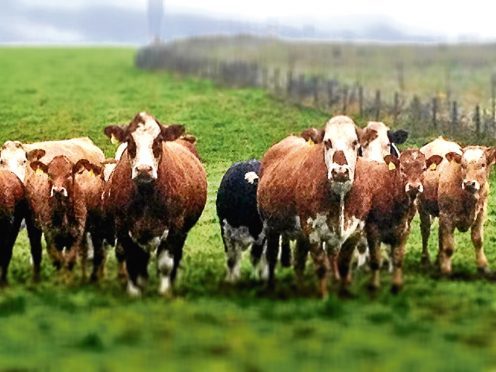A new test has been developed to enable farmers and crofters to screen their cattle for liver fluke.
The new method, known as composite faecal egg counting, involves the collection of faecal samples from a number of cattle in the herd.
These are then analysed by a lab and a single fluke count is given.
AHDB, which led the project to develop the new method with the University of Liverpool and the Moredun Research Institute, said the new test could help reduce the risk of cattle developing immunity to existing deworming treatments.
Cattle become infected with liver fluke by eating grass contaminated with cysts containing fluke eggs, shed from mud snails found in damp, marshy areas of pasture.
Infection is common and low levels can lead to serious losses in production – it can extend time to slaughter and reduce milk yield by up to 15%.
AHDB said wet weather during late summer was likely to increase the risk of fluke infection for cattle on many farms this year.
“Controlling liver fluke is a difficult task, particularly because of emerging resistance to some of the flukicidal products used to treat cattle and sheep,” said AHDB beef and lamb scientist, Mary Vickers.
“Looking to the future, reliance on deworming treatments alone is likely to be unsustainable so treatment informed by diagnosis is crucial for disease control.”
She said the new testing method was suitable for both dairy and beef cattle and allows herds to be screened for infection, with targeted treatment administered as required.
Scientists are now looking to develop pen-side tests to give diagnostic results immediately.
